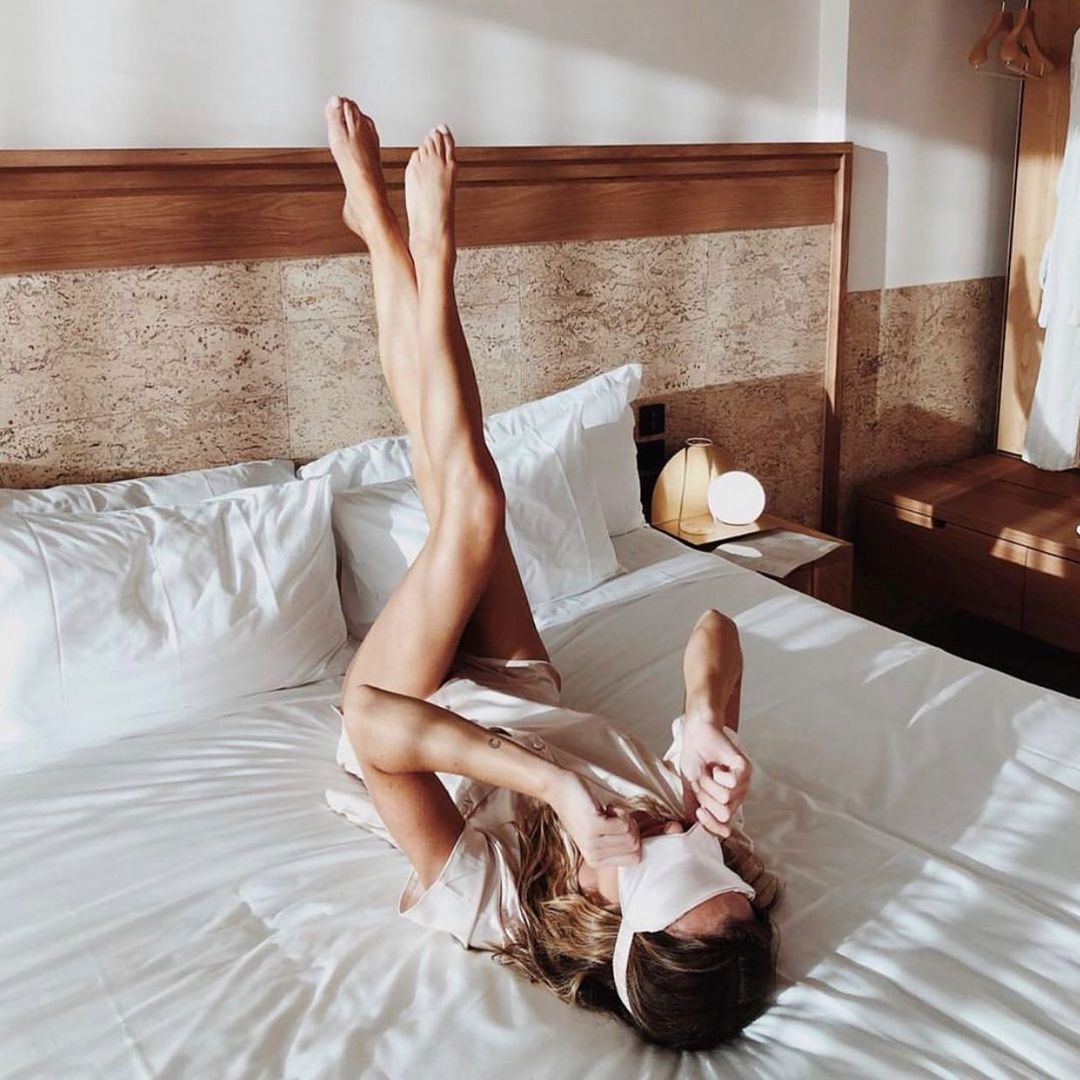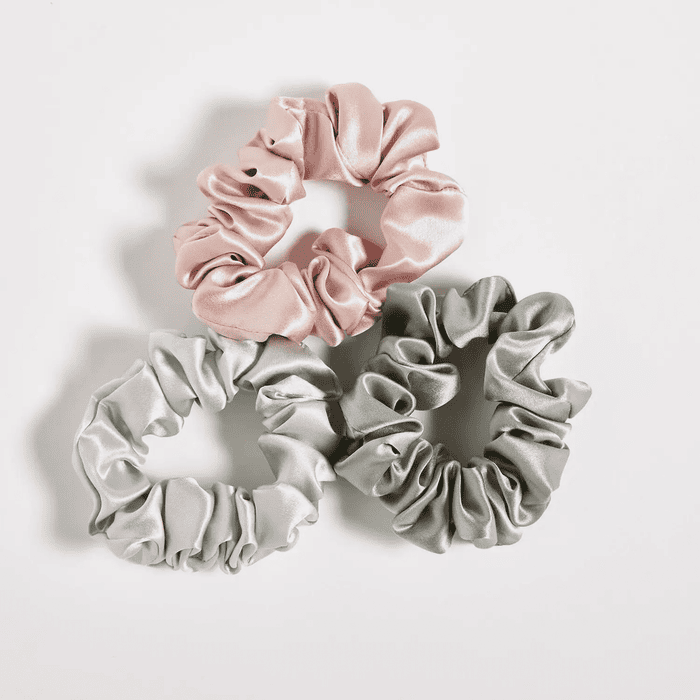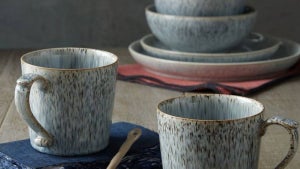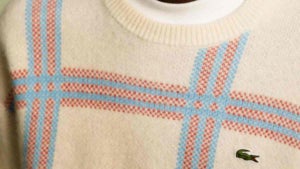
Whether you are wearing a silk dress or wrapping yourself in silk sheets, there is no more luxurious fabric. We all love silk for its silky smooth texture, lustrous appearance and all of its incredible health benefits but it does have a reputation for being a tricky one to care for. So covering everything you need to know, here is our buyer's guide for Silk...

Where is silk made?
Way back in the 4th millennium BC silk originated from China. Remaining just in China until the Silk Road opened, it then filtered through Japan and was later brought over to western Europe, which brought a huge economic boom in silk manufacturing. Today Japan and China have regained their earlier role and China is the largest silk manufacturer in the world.
How is silk made?
Silk comes from the thread of a silkworm, the most common is a Bombyx Mori. A moth lays 500 eggs and is kept at 18oC - 25oC. The silkworms feed on mulberry leaves and then when they have enough energy cocoon themselves over 3-4 days. The silk fibres are obtained from the cocoons by either putting them in sunlight, boiling water or steamed. Each cocoon can produce up to 900 metres of single thread, of which 5-8 are spun together to produce a single spun yarn.
Silk takes colour better than any other fabric because in the cross-section is it more triangular than round, intensifying the colour.
Can you wash silk at home?
Before washing your silk, here are two easy, quick tests you can do to determine if you can wash the garment at home.
First, squeeze the dry silk garment in your hand, and then let it go. If the fabric smooths out quickly, it is high-quality silk and will hold up well to hand-washing. If not, take it to a dry cleaner—or risk ruining the garment.
The second silk test is one for colourfastness. Dampen the fabric on an inside seam. Wait a few minutes, and then wipe the spot with a white cloth or cotton swab. If the colour comes off, the dye will run during washing, so take that garment to the dry cleaner instead.

How to wash silk in a washing machine
Method:
Check the fabric care label and see if you are able to put it in the washing machine. Some silk items may lose colour or get damaged in the machine.
Don’t wash silk and delicate fabric with heavy pieces of clothing like jeans.
Put your silks into a delicate wash bag to protect them from abrasive damage.
Put it into the washing machine and make sure you don't overload it, you should be able to get your hand in there.
Add silk wash or delicate detergent. Follow the dosing instructions on the bottle.
Your machine should have a delicate wash option, and also choose the shortest spin cycle and wash on the temperature recommended by the fabric care label.
Use a towel to soak up water and excess moisture after the wash.
Hang garment or lay flat to dry, away from sunlight.
How to hand wash silk
You will need:
Sink, large wash bowl, or bucket
Washing machine (optional)
Mesh lingerie bag (optional)
Water
Gentle liquid laundry detergent
Distilled white vinegar (optional)
Towels
Method:
Fill the sink with cold water
Add a few drops of gentle detergent and mix in with your hands
Leave the to soak for about 3 minutes
Use your hands to plunge up and down in the water gently to remove any dirt
Take it out and remove the dirty water and rinse under the cold tap.
Absorb the access water with a towel, soaking up the access moisture from your silk and then hang to try. Don’t rub, twist or agitate the item.

How to wash silk clothes
Gentle Detergent
Cold Water Temperature
Hand-washing strongly suggested
Air-dry only
Test before washing
Iron on low or silk setting
How to remove stains on silk
If you’ve discovered a stain on your previously flawless, glossy silk don't panic just yet; there are a few silk stain remover tricks you can try.
Treat the stain as soon as possible – a dried stain will be much more difficult to remove.
Gently blot the marked area with a paper towel or clean cotton wool to draw out as much of the stain as possible.
Make a gentle silk stain remover out of a couple of tablespoons of either white vinegar or lemon juice, mixed with a couple of tablespoons of lukewarm water.
Test the solution on a small, inconspicuous area of the silk first, before dabbing the stain with it using a clean, white cloth. Whatever you do, don't scrub the stain.
Wash the silk as usual, according to the instructions on the garment care tag.
Never use a commercial stain remover on silk. Spot treating with stain removers can result in damage to the colour and finish. Wash the entire garment, and allow it more time to soak to remove food stains. For dark or heavy stains, probably worth a trip to the dry cleaners.
Never use bleach—oxygen- or chlorine-based—on silk. Silk fibres will dissolve in chlorine bleach, and even diluted solutions of chlorine bleach will cause permanent yellowing, colour loss, and a weakening of the silk.
When washing, never wring or twist silk fabric because the fragile silk fibres can break.
Don't dry silk clothes in a tumble dryer, even on low heat.
If you don't have a proper hanger, dry silk clothes flat or well-supported on a drying rack.
How to iron silk
If you have your iron at an extremely high temperature then it could scorch the silk fibres. The scorching or yellowing occurs as the fibres begin to burn.
Most wrinkles in silk can be steamed out, either by a steam iron or by hanging in a steamy bathroom. If you choose to iron the garment, turn your silk garment inside out, and iron it while the garment is still damp. Use the lowest heat setting on your iron as well as a pressing cloth to prevent any water spots or heat from harming the silk. Never wet the silk when ironing, or water stains may develop.

The benefits of Silk
There are lots of benefits when using silk for products such as eye masks, dressing gowns and bedding. Here are some of the key ones we pulled out...
Beauty Benefits
The first is it doesn't irritate your skin. It is classed as a breathable fabric, helping facial conditions such as acne. Silk sheets and pillowcases can help relieve your skin because it doesn't absorb as much dirt and moisture so, if you sleep on your side or stomach it is a much better alternative.
It also doesn’t rub off your skincare the same way other bedsheets do. Whether you opt for a lighter routine or very thorough steps, Silk is far less absorbent so, it will actually stay on your face.
It reduces the acceleration of fine lines and wrinkles because it doesn’t pull on your face due to its silky smooth texture.
Not only does it benefit your skin but it also benefits your hair because again it doesn’t retain moisture, meaning that your hair keeps all its nutrients. Silk is also an anti-static material which means it doesn’t pull your hair around, resulting in smoother hair in the morning with fewer knots to tackle.
Health Benefits
Silk is hypoallergenic so if you struggle with allergies such as hayfever or dog hair we would highly recommend picking silk sheets. Silk has fewer chemicals and contains more natural substances meaning it wards off things like mould, fungus and dust mites allowing you to get a better nights sleep.
Silk is also a natural regulator and maintains your body temperature throughout the night. Often thought of as a summer fabric, Silk actually captures the air between its threads creating an isolation effect. Therefore keeping you cool in the summer and cosy in the winter.
Lastly, silk is a thinner, lighter and more flexible fabric meaning it adapts to your body shape. It doesn't put pressure on you while you sleep therefore allowing movement which enhances your natural rest.
SHOP ALL SILK WITH ïn home NOW
Written by Holly Thompson
Featured Image Credit – @xoxotsumi







